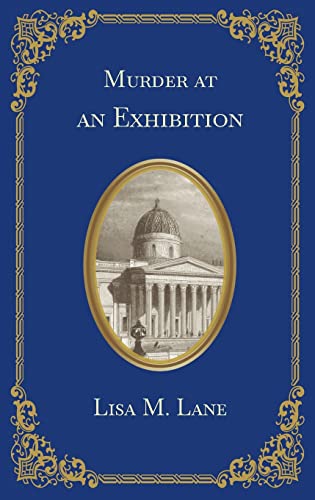Murder at an Exhibition (Tommy Jones Mysteries)
London, 1863: a corpse is discovered amongst the paintings destined for the Royal Academy exhibition—at this date, the building on Trafalgar Square housed both the Academy and the National Gallery. This dramatic start is somewhat dissipated by a lengthy flashback, and events only catch up again about a quarter of the way through the book. Though the novel is billed as a ‘Tommy Jones’ mystery, that small, clever boy isn’t the sleuth. That is Jo, a young magazine illustrator. Lane weaves real people into her story: Sir Charles Eastlake, Dante Gabriel Rossetti, Fanny Cornforth, Thomas Henry Huxley, Hannah Cullwick, Giovanni Morelli, and Joseph Bazalgette, amongst others. In the world of Victorian periodicals, Lane gives proper place to hitherto unsung women. The engraving firm, the Dalziel Brothers, includes a Dalziel sister and the formidable Ann Little Ingram is at the helm of The Illustrated London News.
We learn quite early on who committed the murder; the real mystery is who commissioned the crime and why. Devices like a titled lady writing to men to ask if they’d bought semi-pornographic images and Jo having keys to the National Gallery strain the plot somewhat. There are occasional misspellings of proper names (Carnforth for Cornforth, Berberini for Barberini, Henry rather than Herbert Ingram) and odd slips, such as the note describing the Veronese Morelli as German or having him use the familiar tu when he is first introduced to someone. Jo’s visit to the sewers with Bazalgette is informative but doesn’t move the plot along.
These grumbles aside, Lane’s research is thorough; one learns a lot about the periodical trade and photographic techniques of the time—and how the latter business could encompass under one roof both respectable studio portraits and ‘boudoir pictures.’ The resolution to the mystery is satisfyingly unexpected.










